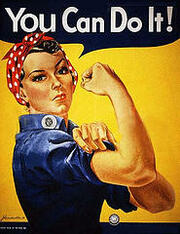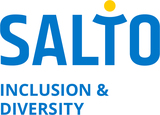Underpinning Principles: the Pathway Approach
The pathway approach - Think Intersectionality!
The diversity of our target group means that, just as their culture and traditions and personal influences differ, so will their needs and aspirations.
The roads they will follow and the goals they aspire to will take a different shape and a different length of time for each individual.
Experience tells us that a step-by-step approach, starting with small goals and achievements leading to bigger ones, works best.
If a young women cannot recognise how the empowerment experience directly relates to her needs and aspirations, then there is a danger that the experience will take place in a vacuum with no link to her real life: past, present, or future.
To avoid this, the pathway approach helps young women, and their organisations, facilitate experiences in such a way as to gain the maximum benefits for the individual. This approach works on the basis of an individual's "personal pathway".
The pathway approach takes the empowerment process out of the vacuum and connects it directly to the young woman's long-term aims and objectives.
This approach takes into account the young woman's past development, assesses their current situation, and helps them identify future aims and goals.
^^ top ^^
To better understand the pathway concept, imagine a young woman walking along a path.
This path symbolises the road they are following through life.
Behind them are their past experiences in the family, in school, in work and within their peer group.
Right beside them are issues which they are struggling to overcome (for example trying to become independent of their family, avoiding bad influences in their environment, etc).
In front of them are their long-term goals (for example leaving home, gaining a formal qualification, etc.). Depending on their situation, the young woman's path may have many twists and turns. It may be full of dead ends. They may be facing a long uphill struggle.
The pathway approach can be used as a tool to help the young woman take steps forward along their path and bring them closer to their long term aims and goals. It can be used to overcome specific obstacles in the path or it can be a means to jump-start a journey which has stalled.
The Google Self exercise is an example of pathway planning and a good starting point in the empowerment process. Find this exercise in the Toolbox - click here.
> For more information on "the pathway approach" check out "Use your hands to move ahead" for download at the SALTO website: www.salto-youth.net/UseYourHands/
> For more information on Empowerment visit the
^^ top ^^
 You can do it!
You can do it!
